Canon's story is proof that copying is not a bad thing, but a stepping stone to creativity and world conquest.
Started from a fit of anger
In 1933, in a small workshop in Tokyo (Japan), a worker named Goro Yoshida was diligently disassembling a Leica Model II camera. He was a professional camera repairman for enthusiasts of this subject.
At that time, the Leica Model II and Contax Model 1 were the two most prestigious 35mm cameras in the world, made in Germany. A Leica II cost hundreds of dollars, equivalent to half the price of a Ford Model A car.
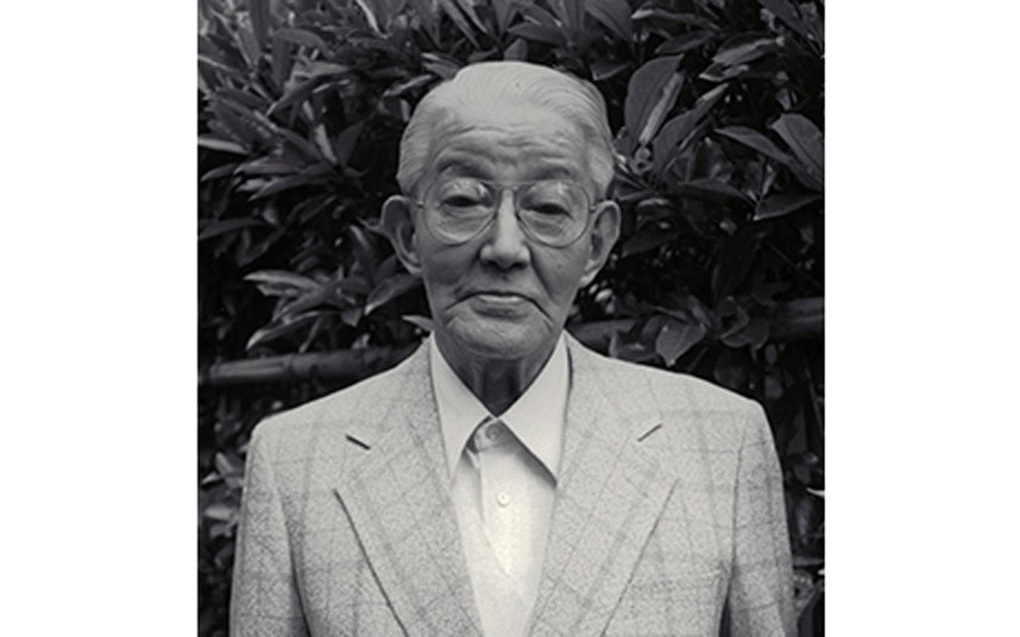
Goro Yoshida (Photo: Canon).
After taking apart his newly purchased expensive Leica Model II, Goro Yoshida was extremely disappointed. The components inside the camera, which was considered the dream of many people, were actually made of cheap materials such as brass, aluminum, iron and rubber.
"Why are German cameras so expensive when the technical nature is not so complicated?", Yoshida was angry.
The Samurai spirit of Japan awakened in him. Yoshida was determined that the Japanese could make 35mm cameras too, or even better. He and his brother-in-law Saburo Uchida and friend Takeo Maeda set up a small "optical laboratory." Their first goal was to copy and understand how 35mm cameras worked, and then improve upon them.
The first camera was named Quan Nong.
Just one year later, in 1934, the first 35mm camera "Made in Japan" was born and was named Kwanon (Quan Nong) by Yoshida's group, after the Bodhisattva Avalokitesvara. Although it was only a test version, without a lens, this camera made a strong impression because of its appearance "no different from genuine German goods".
However, to develop a complete product, Yoshida's team needed capital and lens technology. And at that time, an important figure appeared: Takeshi Mitarai - a medical doctor and potential investor. He not only invested but also directly participated in the operation, turning the small laboratory into Precision Optical Industry Co., Ltd. in 1937.
To solve the lens problem, Kwanon (which had not yet changed its name) partnered with Nippon Kogaku. At that time, Nippon Kogaku was Japan's largest optical equipment manufacturer, specializing mainly in military equipment and planning to enter the civilian market in the form of high-end lenses.
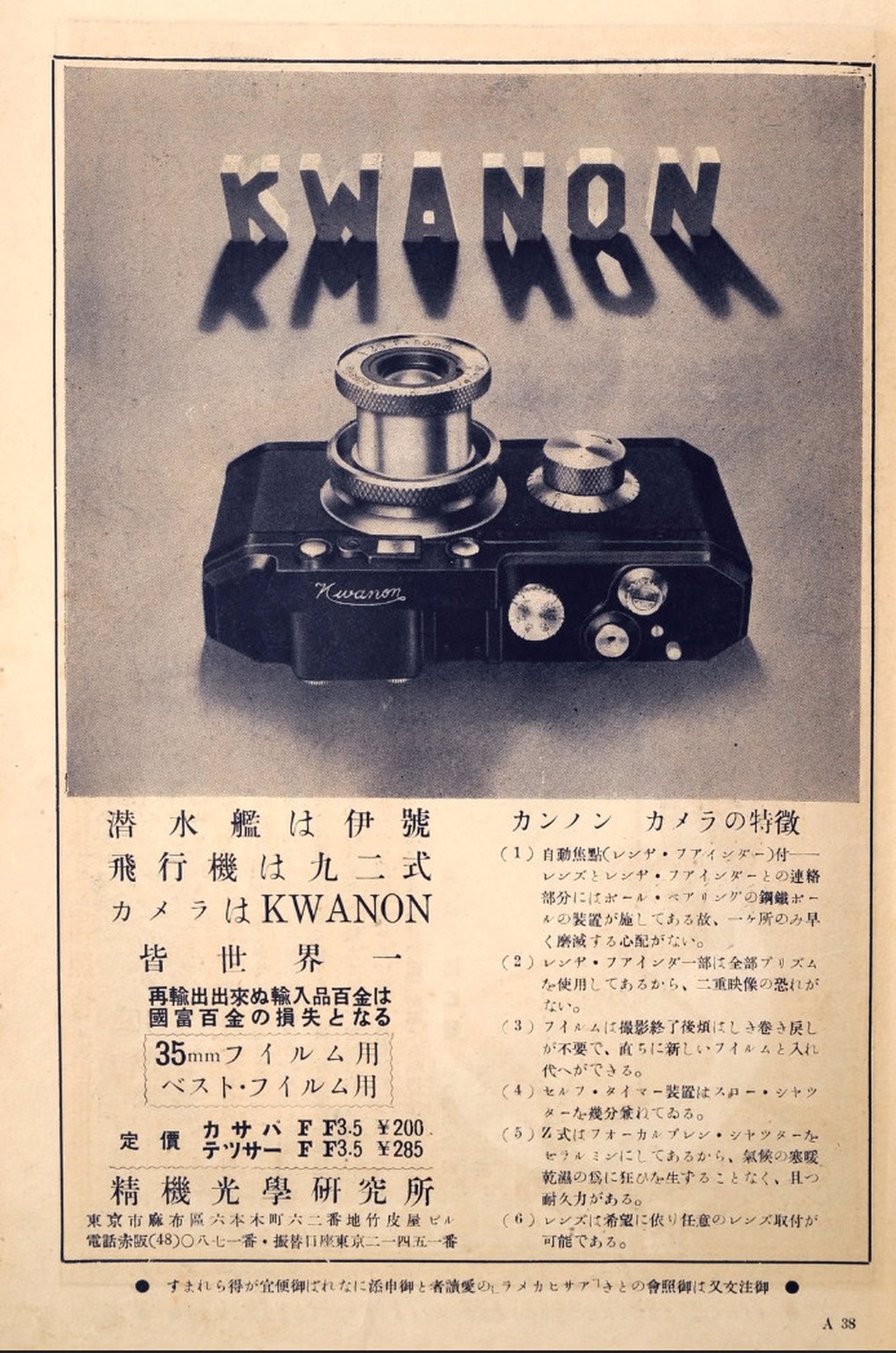
Image of Kwanon in Ashi magazine in 1934 (Photo: Canon).
Nippon manufactured the lenses, mounts, viewfinders, and rangefinder mechanisms, while Optical Industries Co., Ltd. was responsible for the main camera bodies. Ironically, Nippon Kogaku Kogyo later became Nikon Corporation, which remains one of Canon's main competitors.
The Kwanon was only a prototype, but its successor, the Hansa Canon, produced in 1936, was the first high-quality 35mm camera designed and manufactured in Japan.
August 10, 1937 was the official founding day of Canon Corporation with the ambitious mission of "Catching up with and surpassing Leica". Takeshi Mitarai became the first president, and it began. World War II had halted much of Japan's manufacturing as chaos engulfed the country.
Golden opportunity from crisis
When World War II broke out, Japan severely restricted imports. In the shortage of German cameras, domestic products such as Canon became the ideal alternative. Hansa Canon quickly won the trust of users thanks to its stable quality, reasonable price, and Japanese products.
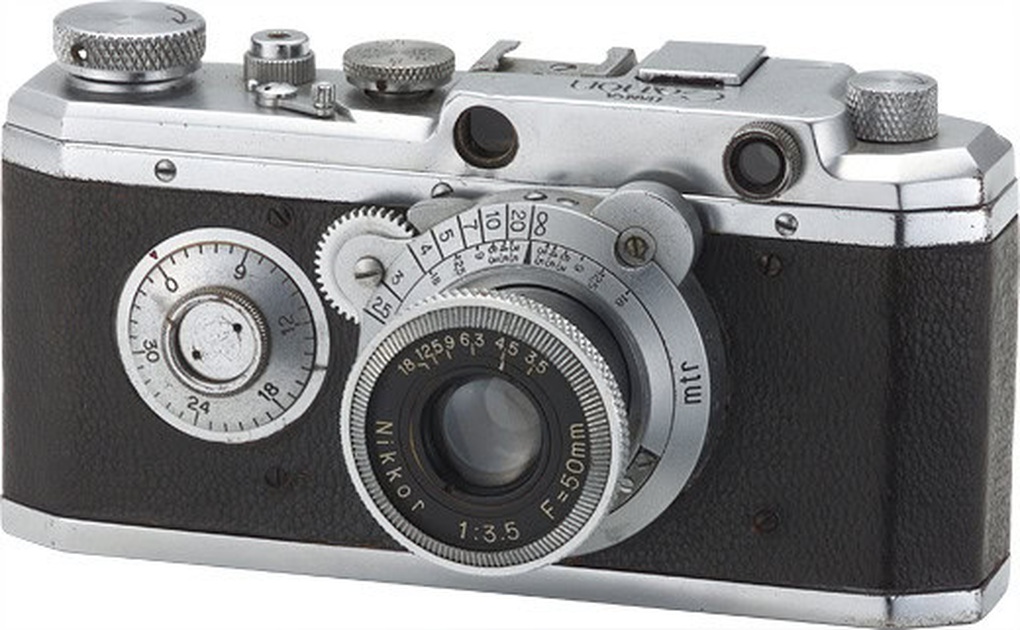
The complete Hansa Canon camera (Photo: Canon).
Canon went beyond conventional photography and into the medical field. They introduced Japan's first X-ray machine with a field vibrating lens - allowing magnification to be changed without moving the machine or the patient. An innovation that saved time, reduced errors, and opened up a whole new market.
In 1947, the company officially changed its name to Canon - an internationalized spelling of "Kwanon", which also means "model, standard". The new name expressed the aspiration to reach out to the world, setting new standards for the optical industry.
Unlike many Japanese companies at the time, Canon adopted an extremely modern management philosophy of selecting leaders based on ability, not on background or connections. In a society that favored hierarchy and nepotism, this was a quiet but drastic revolution.
By 1959, Canon launched its first SLR camera, officially entering a fair battle with its old partner Nikon.
Not stopping at photography, in 1964 Canon surprised everyone by launching Japan's first 10-key electronic calculator. This was a turning point that brought the company into the office equipment industry, the premise for later photocopiers and printers.
However, for decades, Canon was still considered "underdog" compared to Nikon in the eyes of professional photographers. It was not until 2003 that the tables really turned.
In 2003, the company launched the EOS 300D, the world's first DSLR priced under $1,000. At a time when DSLRs were still considered a "high-end brand" for professionals, this move opened the door for ordinary users to enter the world of high-quality photography.
Immediately, the market exploded, Canon officially surpassed Nikon, rising to the top of the global DSLR market share and maintaining this position for more than a decade.
According to the 2023 report, this group accounts for 46.5% of the global digital camera market share, equivalent to 3.34 million units sold. A number that makes any competitor respect.
Source: https://dantri.com.vn/kinh-doanh/canon-khoi-dau-tu-con-gian-sao-chep-san-pham-den-de-che-may-anh-toan-cau-20250522113151772.htm




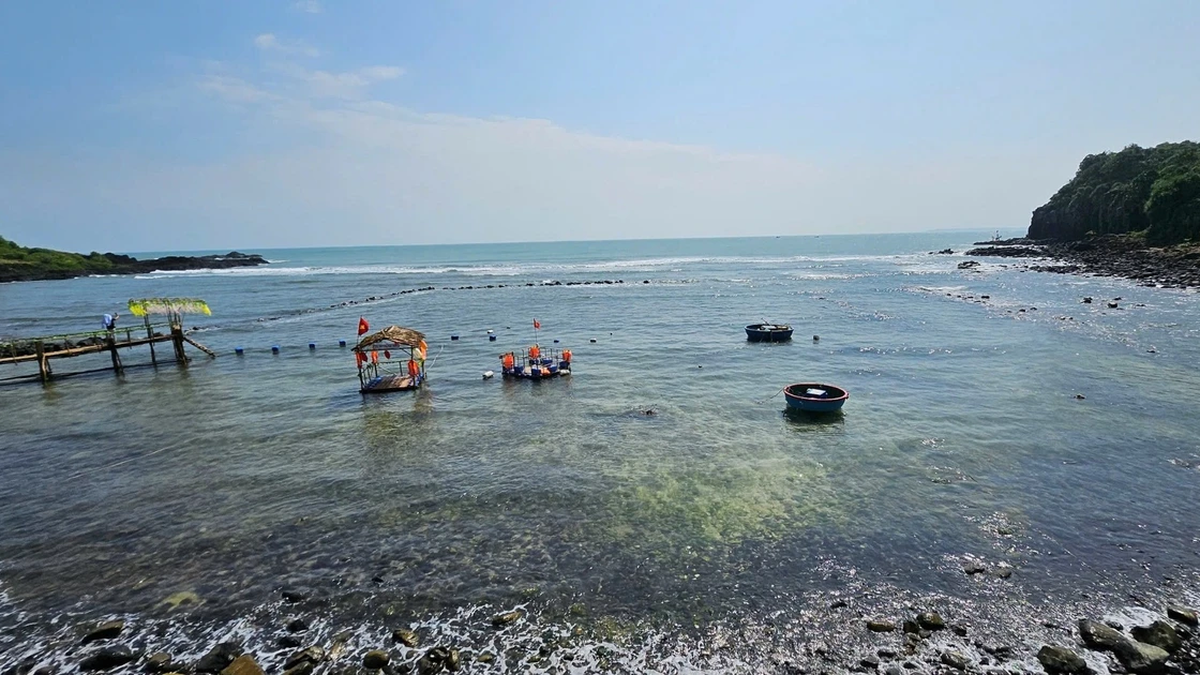
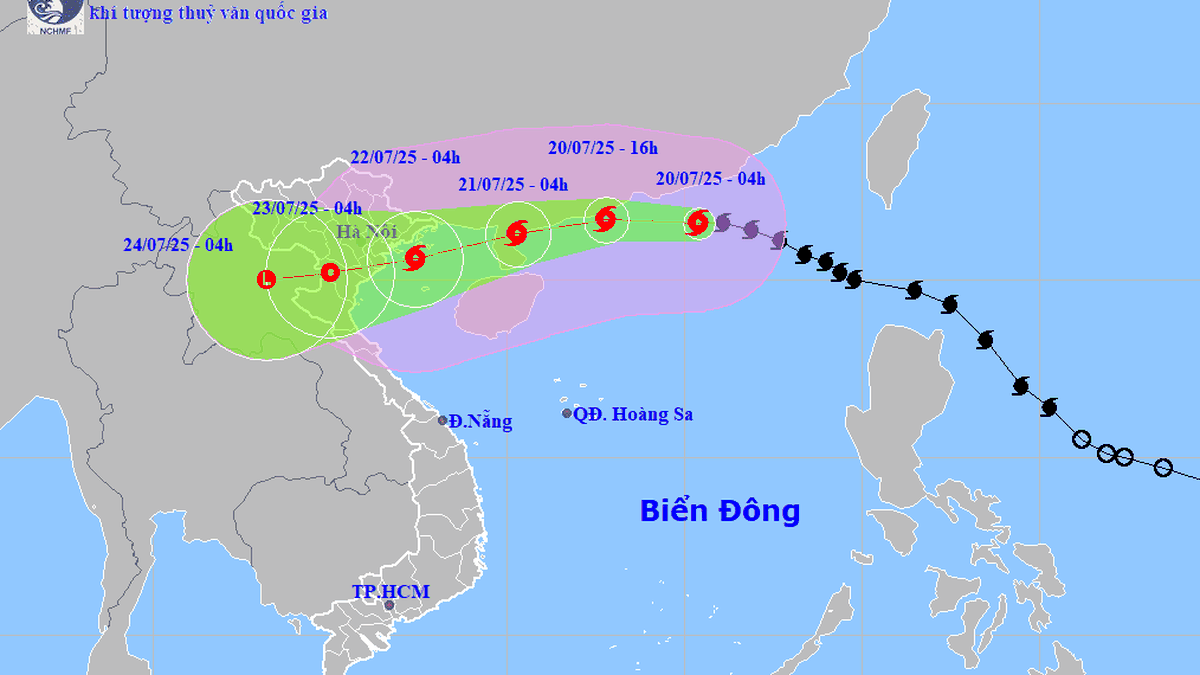
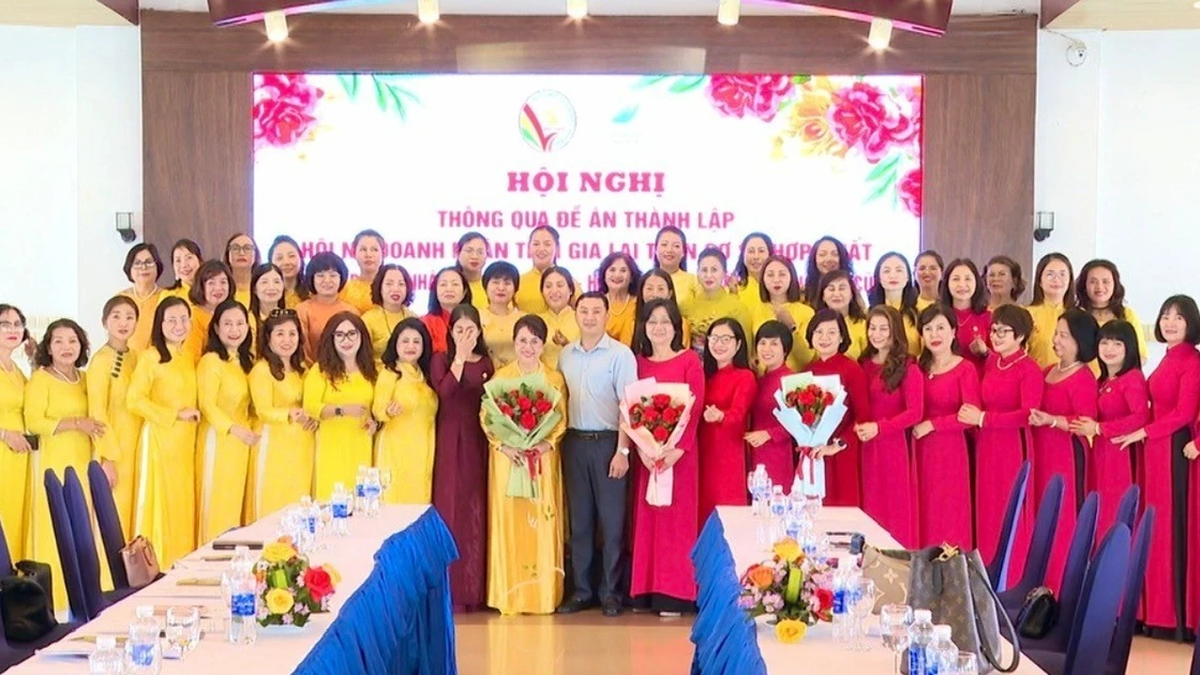

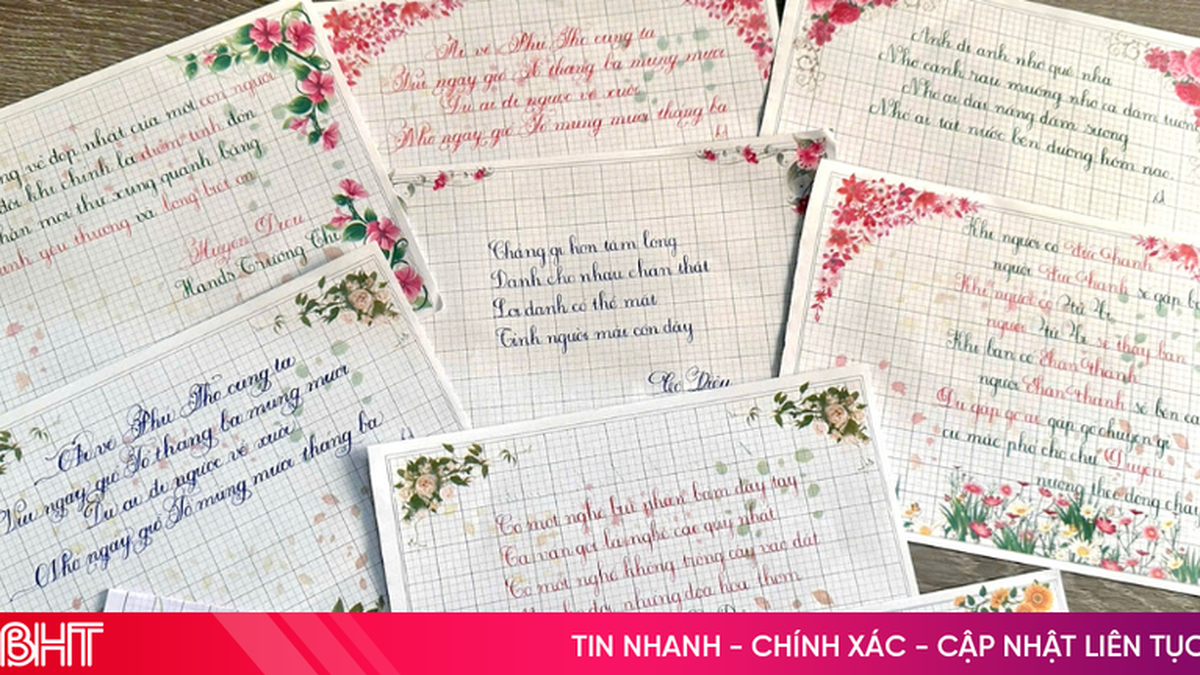


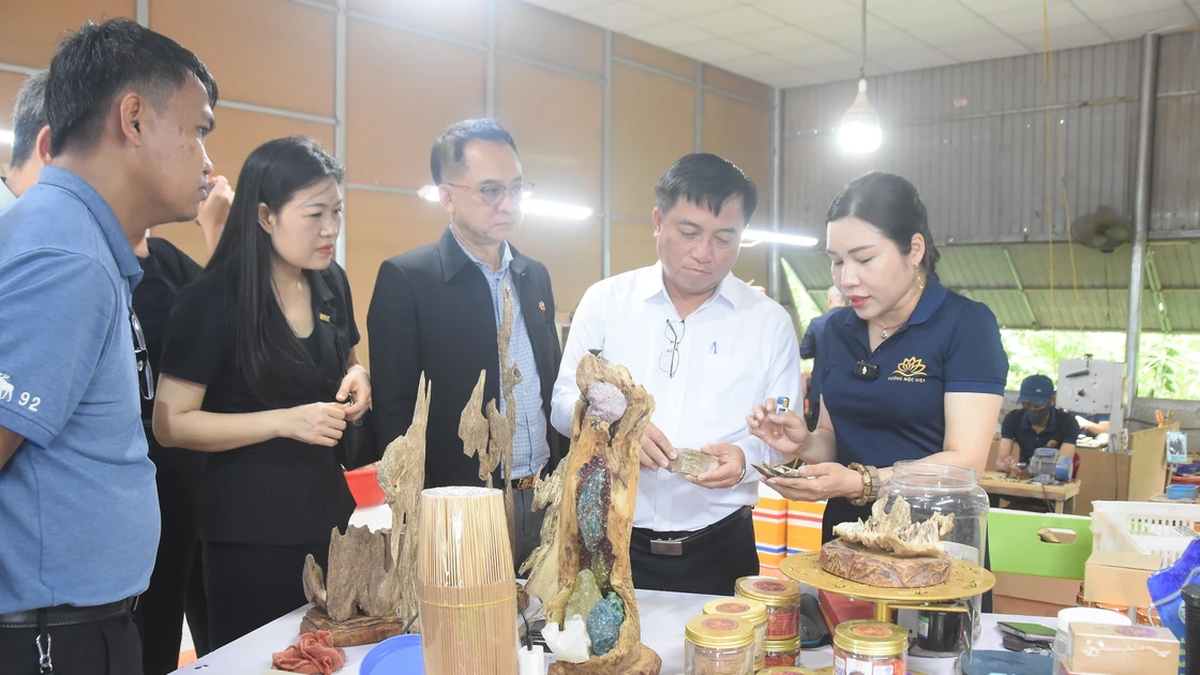















































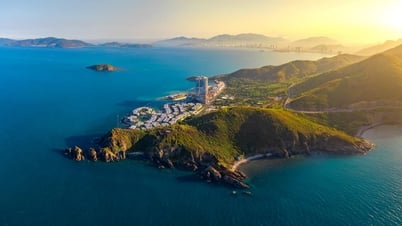











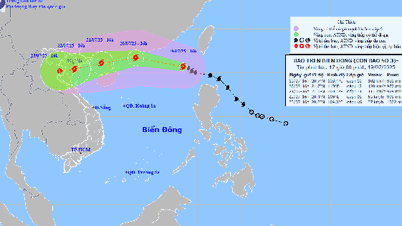

























Comment (0)